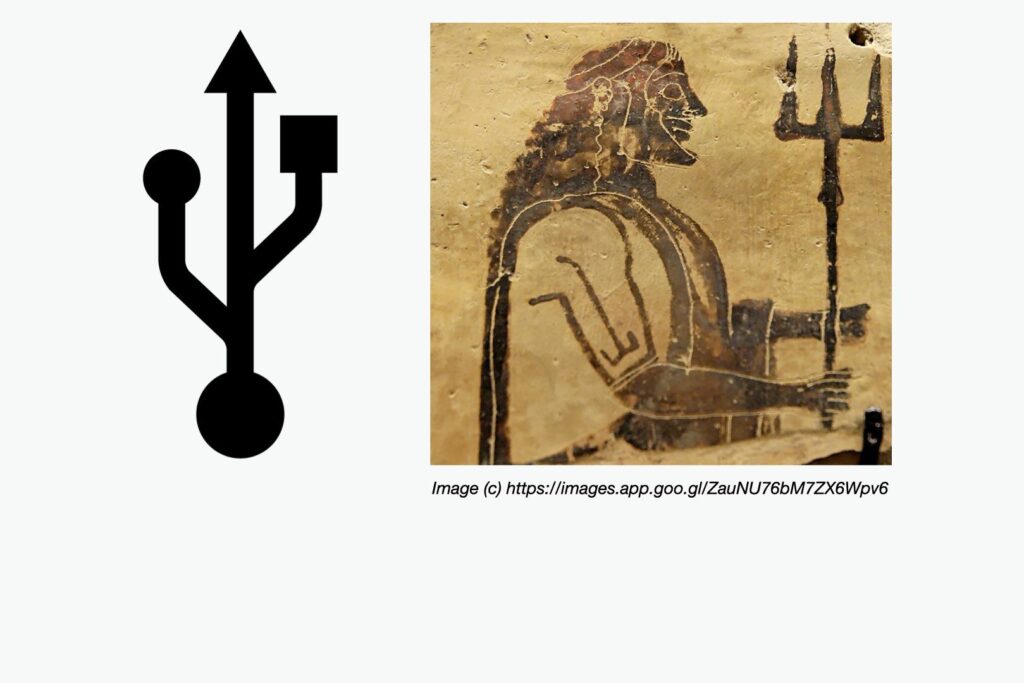This week’s curiosity box explores
1 – How do prime numbers keep our money safe?
2 – Why are pilots called pilots, not drivers?
——
1 – How do prime numbers keep our money safe?
2 3 5 7 11 13 19 23 29 31 37 41 43 47 53 59 61 71 73 79 83 89 97
A prime number is a number that is divisible by 1 and itself. The biggest known prime: (213466917−1). It has 4,053,946 digits; typed without commas in standard 12-point type, the number would be more than ten miles long. A simple concept that tormented me when I was trying to crack a couple of competitive aptitude exams. Any number can be broken down into factors (prime numbers). A simple question like, what are the factors for 331 would leave me stuck for ages.
I could not create a pattern or apply a formula to find larger prime numbers, and hence naturally capped my memorising skill at 97 and secretly prayed to the Universe for the exam question paper to be kind. The lack of a pattern and formula makes prime numbers useful in keeping money safe in our banks.
RSA Encryption – invented by Rivest–Shamir–Adleman – is an algorithm that encrypts your account information. It makes use of prime numbers in the process of encryption.
A simple explanation in 7 steps:
- Say you want to send the message “Z”. This is a highly confidential message, and you can’t afford for this message to be leaked to the public.
- The algorithm’s first step is to convert Z to 26 (since it is the last alphabet).
- The banks work with three numbers to encrypt this message. This is where banks bring in the prime numbers. For example, let’s say they use two prime numbers, 23 and 41. Multiple 23 and 41, you get 943. And 943 is the public key that anyone can have access to.
- The banks also will have another prime number which is private; only you and the bank know this number. For example 7
- In the next step, 26 will be converted to the encrypted message 48 (26 raised to the power of 7 – i.e. 8031810176; 8031810176(mod 943) = 48)
48 is the encrypted message. Any hacker trying to intercept your secret message Z will see only figure 48 and will have no clue that it means Z. In reality, banks use larger prime numbers, and the product of the two prime numbers are approximately 600 digits long. 292 relatively fast performing computers took more than seven months to factor a number with 155 digits in it. So you can imagine how long it would take to factor in a 600-digit long number. However, our systems can do it under a second only if you know the private key. In our case, it is 7.
- Using a formula the deduct a number that is needed to decode the message. The number is 503.
- Then 48^503 (mod 943), you get 26, back to the original message.
In cryptology jargon, this property is called a trapdoor. Computers can easily multiple two prime numbers but struggle to work backwards and find the prime factors. But it does not stop there. Technology is changing and evolving as we speak. It is believed that quantum computers can crack the code quicker and wouldn’t need months together to do so. So it won’t be long before we need to think of something more complex to keep or money safe.
2 – Why are pilots called pilots, not drivers?
“We are called pilots, not train drivers” was the conversation opener when I had a proper face-to-face conversation with a train pilot.
“Well, I thought pilots refer to the ones who fly an aeroplane” was not a good enough justification, but the conversation ensued.
Nothing happened after that until last week; my close friend posted this question back to me. Why are pilots called pilots and not drivers?
When we had animals pull wagons, a driver refers to someone whose occupation drives working animals around in the desired direction. When cars came into existence, people began to address them as wagons without horses. Because of the parallelism, the term driver stuck on to refer to people who operated cars.
On the other hand, a pilot is someone who provides directional guidance. The term is derived from the word Greek word pēdon, which means oar. Using that connotation, people who navigate ships were called pilots, even if that person is on the harbour and guides a ship to dock safely. The principles of operating a ship are similar to an aircraft, and the pilot term stuck to include aircraft operators.
But what about a train driver, oops pilot.
When it comes to a train, different countries and different systems. The terms driver, operator, and pilot are interchangeable. For example, in some places like the US, a train driver operates the train along the route, and a train pilot can guide a train on an entire route or is someone who provides permission for a train to pass through a station. In India, the term used is a locomotive pilot. A loco pilot is someone who is senior in ranking and is well versed with the route.
These are simple words I have many times in the past. But now, knowing the etymology gives me a different perspective.


Interesting….yet complicated